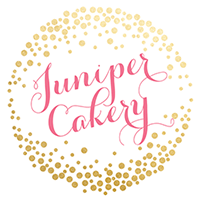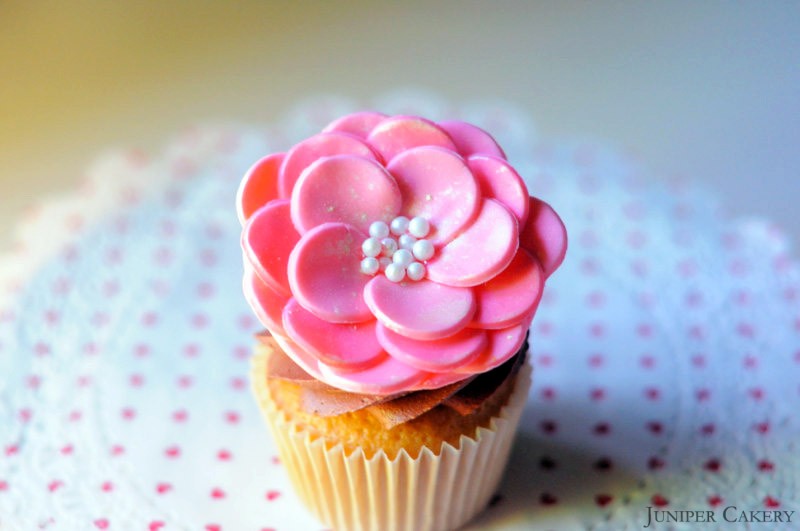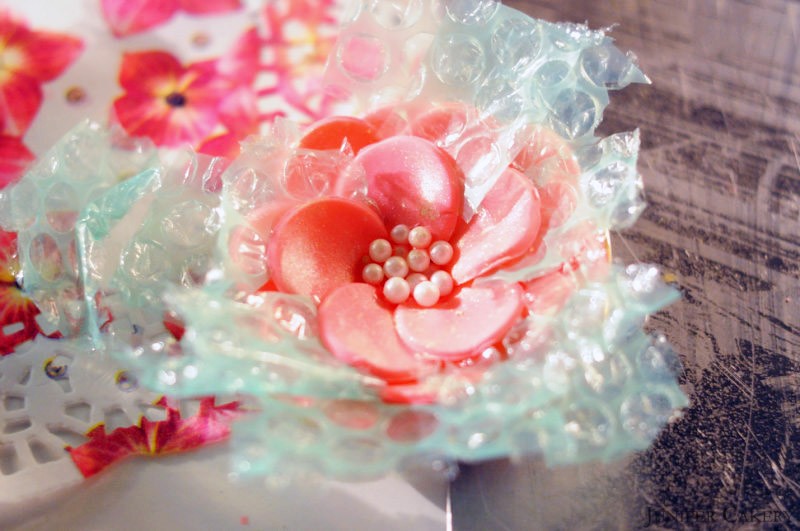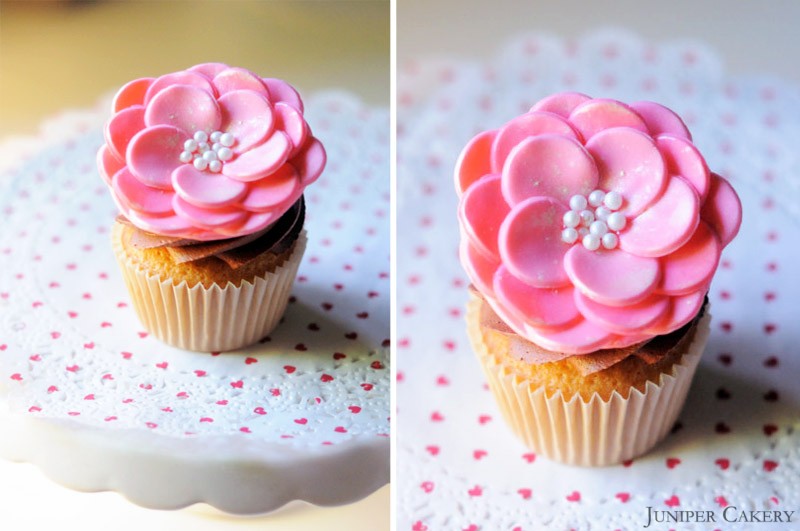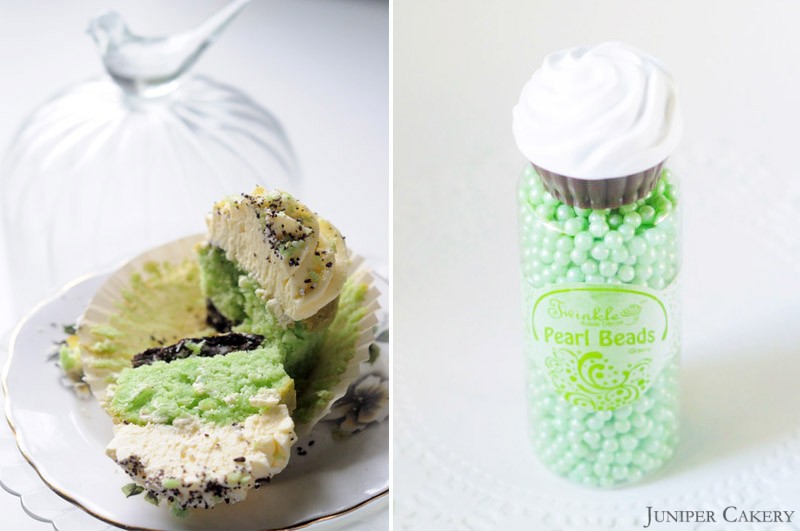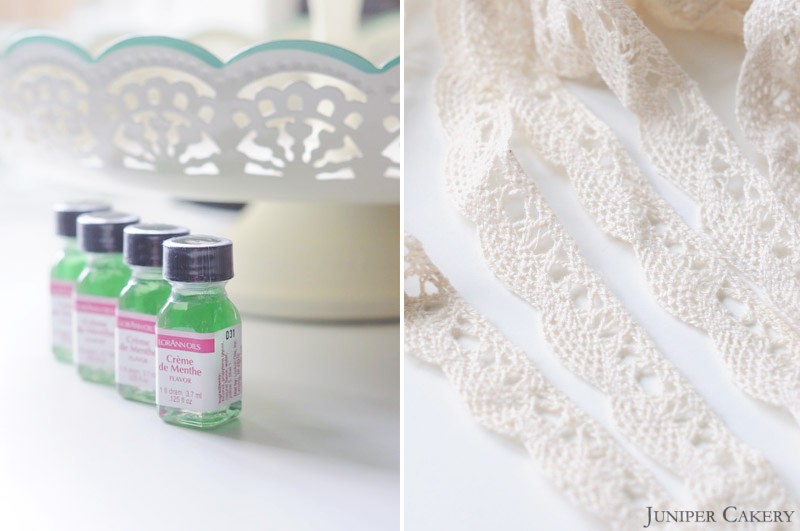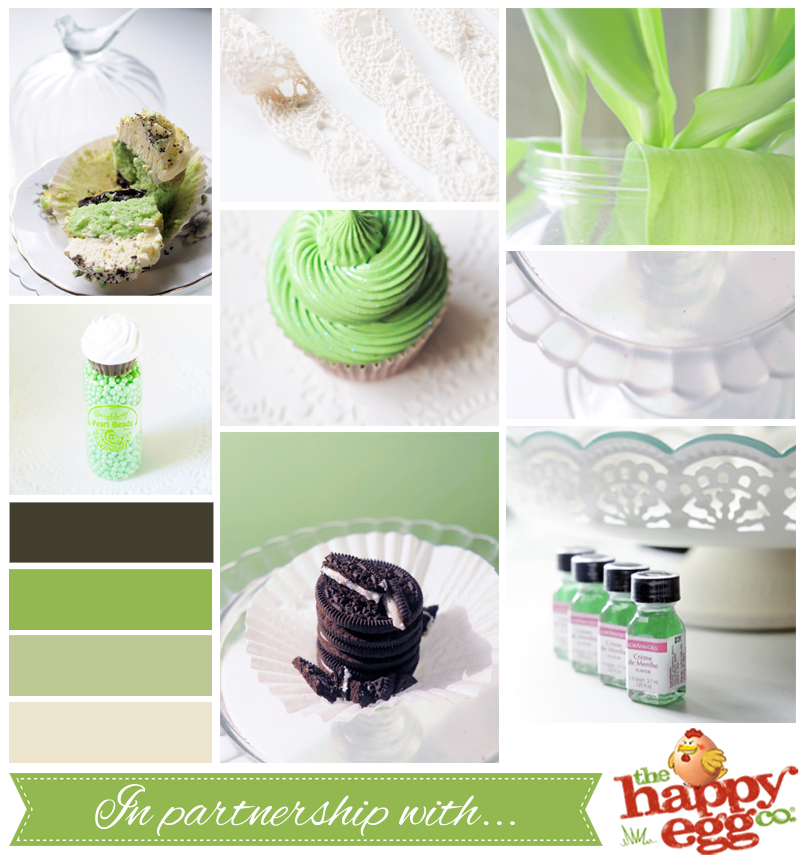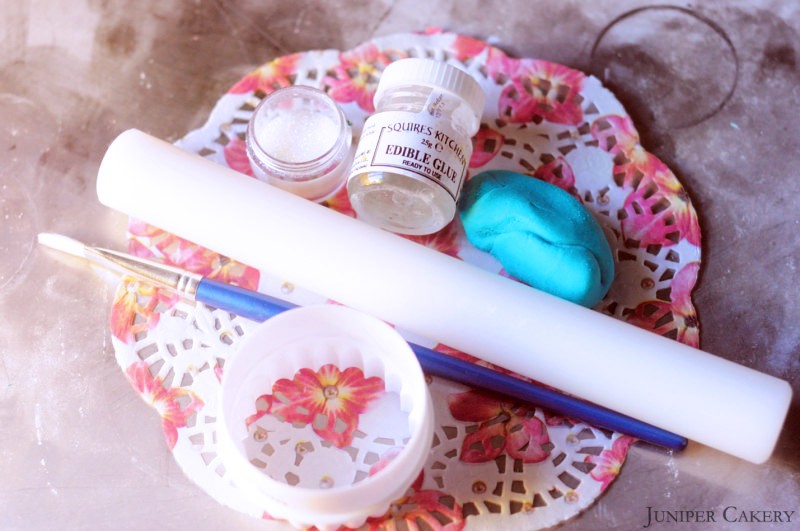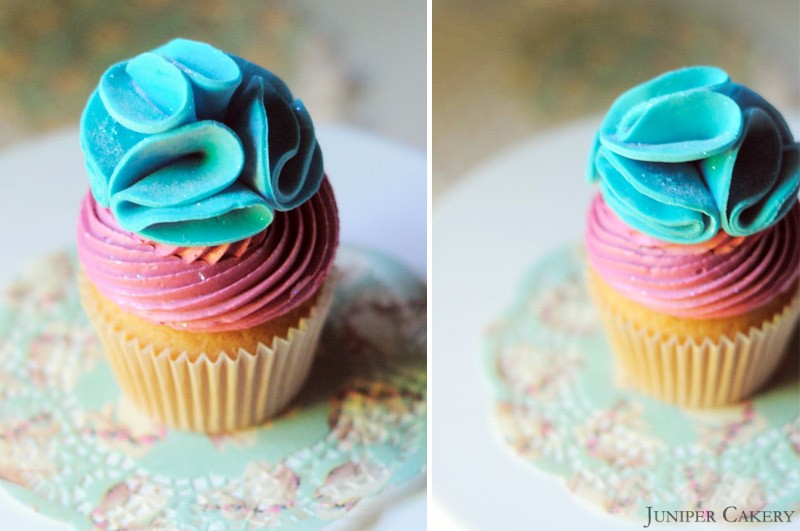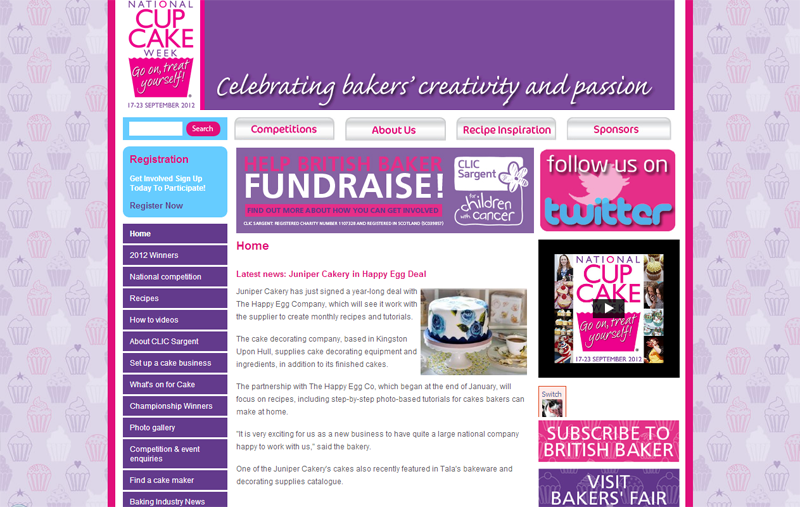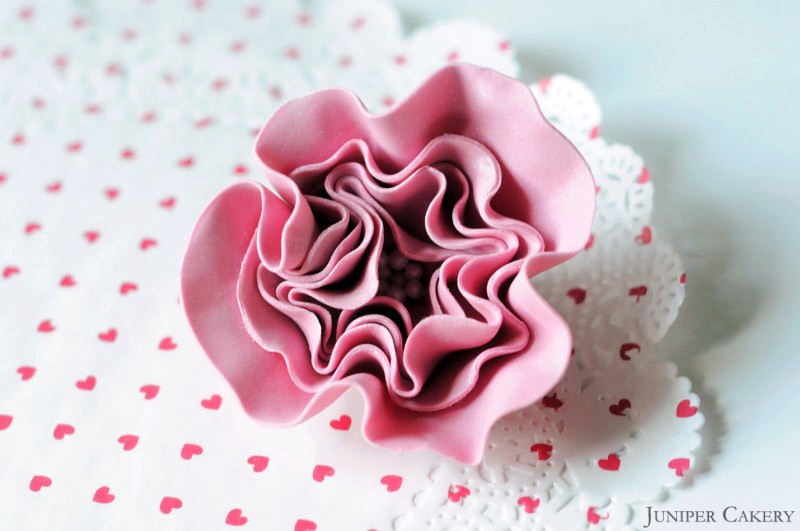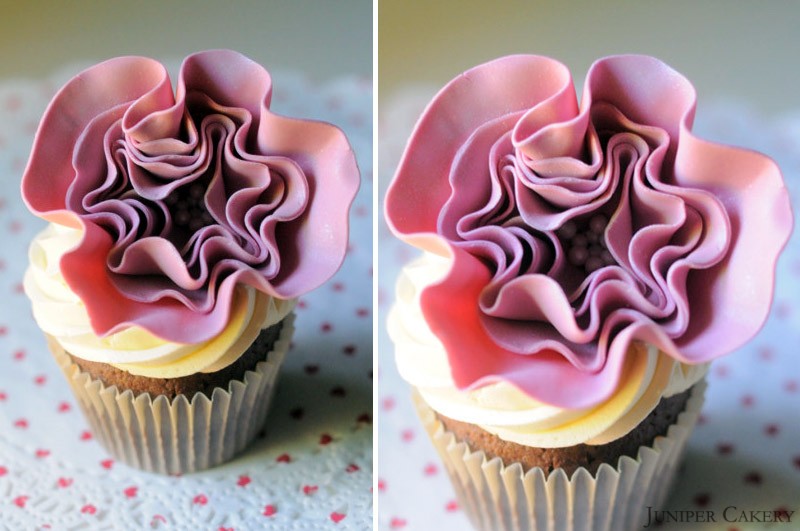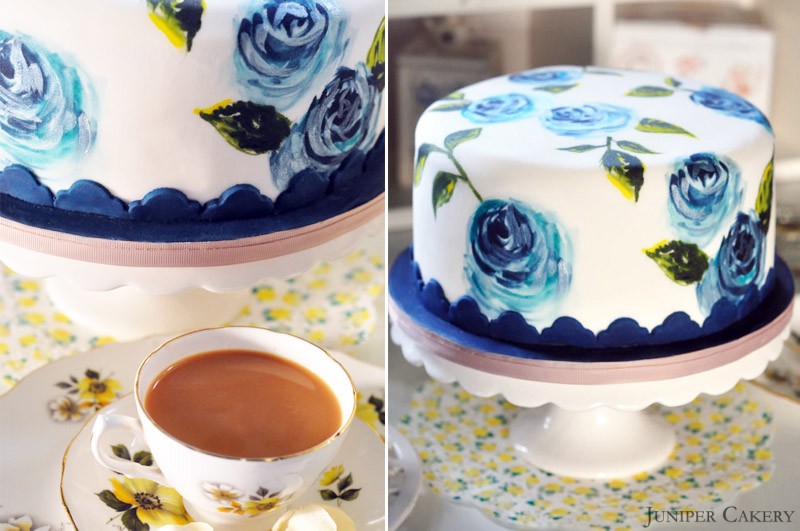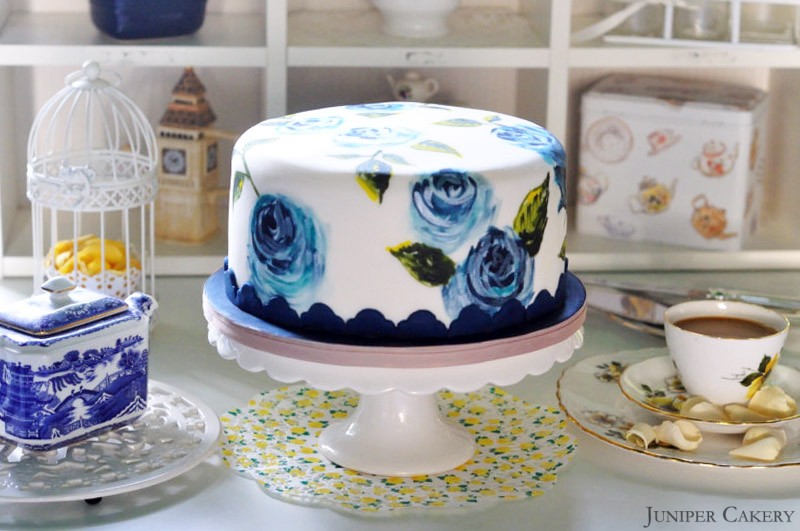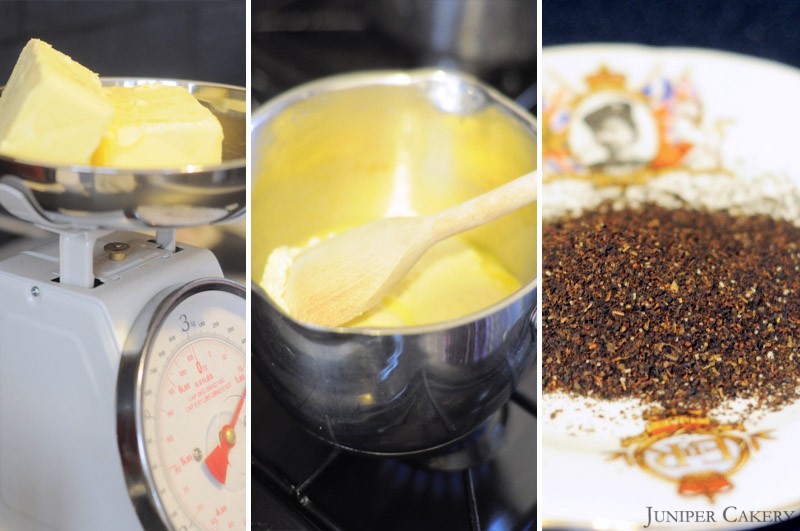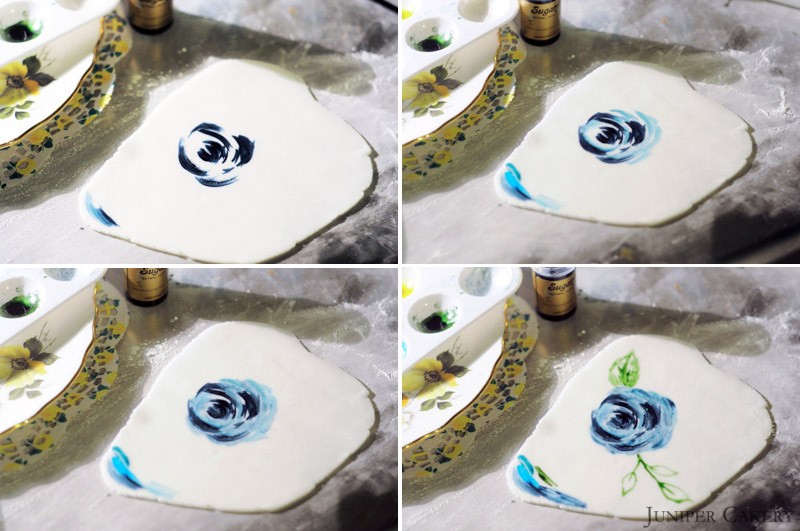
Tutorial Tuesday: How to create a sugarpaste / fondant lamb!
As the winter months transcend into spring why not follow this tutorial and create your very own sugarpaste lamb! With Easter and St. David’s Day just around the corner these little lamb cupcakes are perfect for your spring themed celebrations. As one half of Juniper Cakery is Welsh we’ll certainly be creating this lamb on the 1st of March!
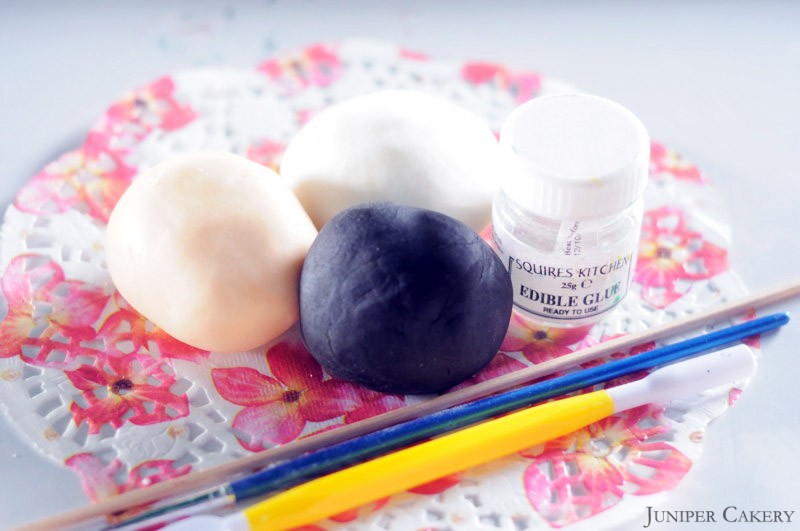
What you will need:
White sugarpaste or white flowerpaste for ‘wool’
Peach sugarpaste or flowerpaste for the sheep (We used white flowerpaste coloured with peach gel paste colour by Sugarflair)
Black sugarpaste for the eyes and eyebrows
Edible glue
Blade tool
Paint brush
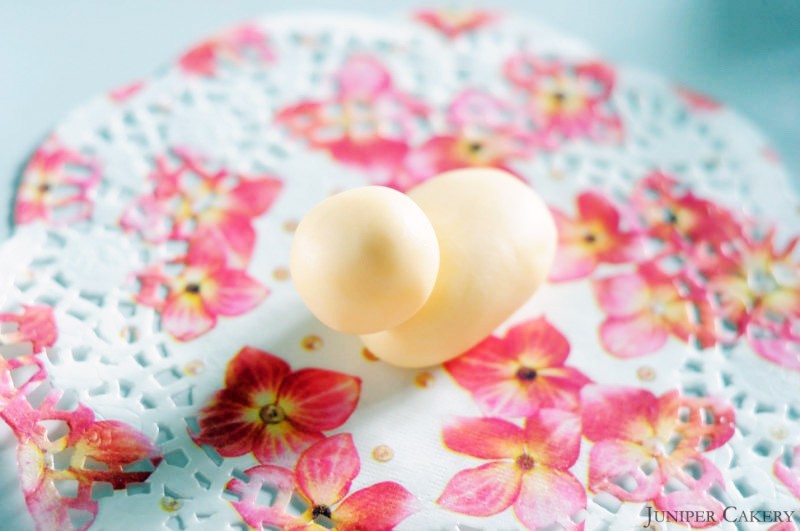
Step one: Split the peach sugarpaste in to three, sitting one piece aside for now, and roll out a ‘sausage’ and a ball with the other two pieces. Place the ball atop of one end of the ‘sausage’ using edible glue to secure it in to place. If you feel extra support is needed place a cocktail stick between both pieces.

Step two: Now you have the body of your lamb it is time to add some facial features. As you can see below we’ve given ours has a sheep-ish look perfect for adding a blade of ‘grass’ at a later stage as though eating. You could play around at this stage but if you would like to create a similar characteristic for your lamb use the blade tool to make a small incision at either side of your lamb’s face to create the mouth. Using a small amount of the black sugarpaste create two circles and stick them into place using edible glue; now your lamb has eyes!
Step three: For the ears simply take the remainder of the peach sugarpaste, roll them into small ovals, ensuring they taper at one end, and slice down the middle using the blade tool until they resemble coffee beans. Glue them into place with edible glue and now your lamb has ears!
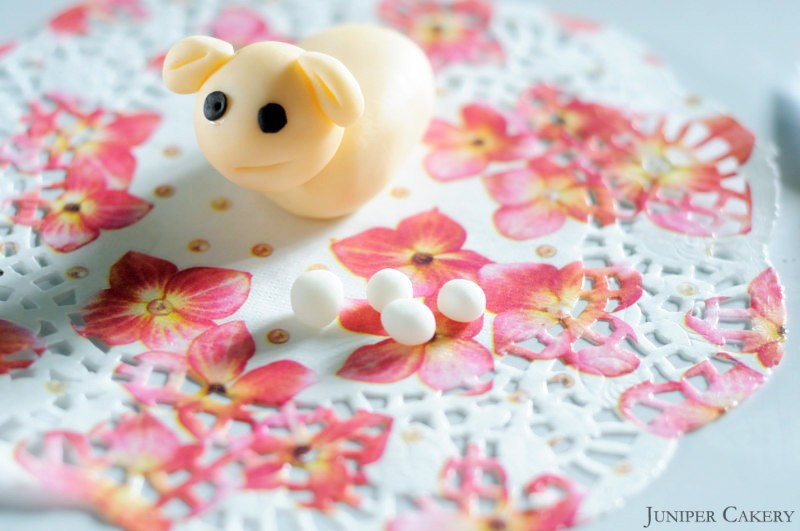
Step four: As we have done above begin rolling balls of white sugarpaste in multiple sizes; their actual size depends on how big, or small, you’ve decided to make you lamb. Build up your lamb’s ‘wool’ with one or two lawyers to ensure that all of the body is covered as seen below.
Step five: If you would like to add a piece of ‘grass’ for your lamb to chew simply pipe your cupcake using a 133 grass tip. Using a cocktail or kebab stick select a blade and place it in the corner of your lamb’s mouth. Alternatively you could roll a thin piece of green sugarpaste out between your fingers and attach it in the same way.
Step six: To add eyebrows simply paint them on usuing a black gel paste.
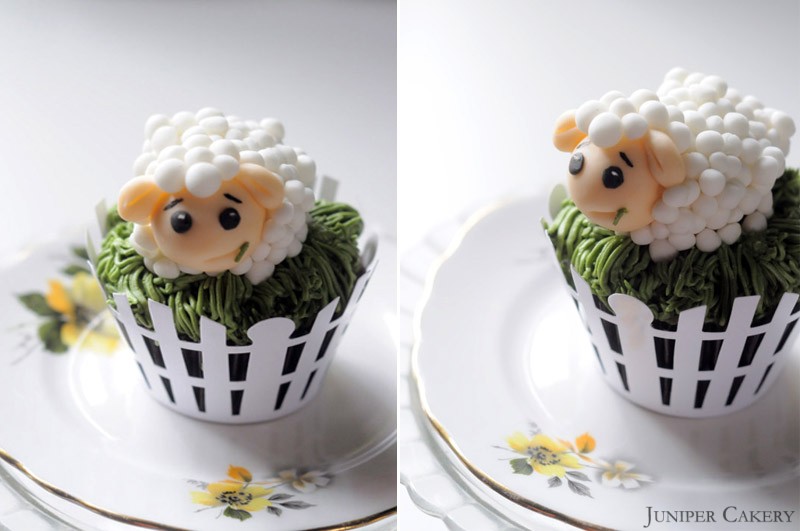
If you have followed this tutorial you will now have your very own little lamb! If you’re planning on celebrating spring, Easter or St David’s day this is a perfect way to do so. Why not change the white ‘wool’ to black ‘wool’ for variation or even place a flock of sheep atop a larger cake.
